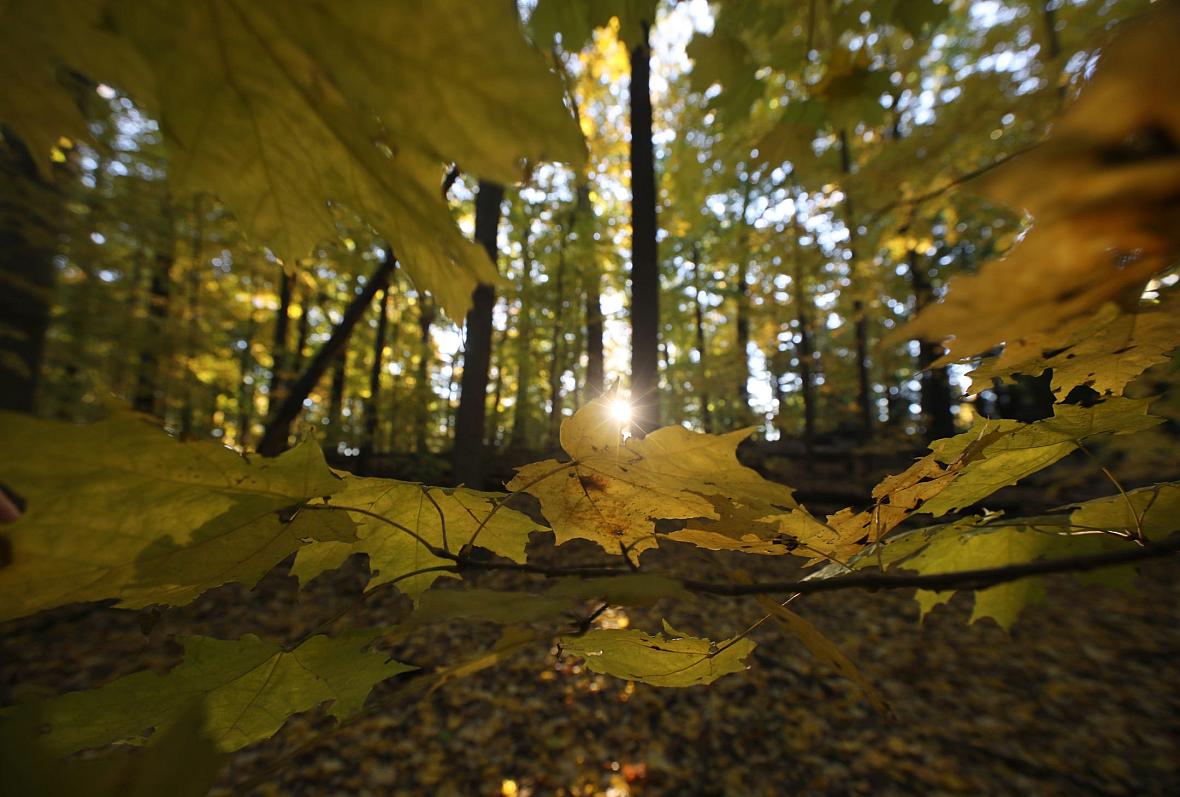This project mapped every tree in Rochester. Here’s how we did it
This story was produced as part of a larger project for the USC Annenberg Center for Health Journalism’s 2021 Data Fellowship.
Other stories by Justin Murphy include:
How did some Rochester neighborhoods become greener than others?
‘I now see the disparity is real.’ For Rochester’s mayor, trees are a justice issue
Rochester’s trees are celebrated, but not everyone gets to have their time in the shade
Walk through Rochester's Washington Grove, a rare remnant of nation's old-growth forests
Sign up to learn about Rochester's trees by texting with reporter Justin Murphy
Tell us the story of your favorite tree in Rochester. Where is it and why is important?
Read about Rochester’s most beloved trees and share your own story
Rochester's trees make Landmark Society of Western New York's annual 'Five to Revive' list

Democrat & Chronicle
This project brings together information from numerous data sources for a first-of-its-kind look at the development of the tree canopy in Rochester as well as its disparities. It was produced as part of the USC Annenberg Center for Health Journalism’s 2021 Data Fellowship.
Tree canopy cover percentages for each census tract were derived from data provided by EarthDefine, which uses satellite technology and artificial intelligence to create the highly granular tree maps — in this case, 1.2 square meters per pixel.
Surface temperature figures were derived from NASA/USGS Landsat Program readings and the Hansen Global Forest Change data set. The temperatures provided are averaged at the census tract level from all June and July satellite images captured from 2000 to 2020.
Demographic data, including race, poverty and percentage of renters, comes from the 2019 U.S. Census Bureau American Community Survey.
Health data at the census tract level comes from the Centers for Disease Control and Prevention's PLACES database. The mental health indicator used is the percentage of adults who reported experiencing poor mental health in the last 14 days.
These data sets were analyzed and combined using geographic information systems mapping software as well as the R programming language. For further detail on the technical methodology, email jmurphy7@gannett.com.
This project encompasses only the city of Rochester, not the surrounding suburbs. The nature of suburban development leads to different considerations for the tree canopy; those will be discussed in a future story.
The Rochester city forester maintains a database of all publicly owned trees on city streets and in parks. That data will be analyzed in a future story as well.
Maddy Dobbertin, a student in the Nazareth College public health program, contributed to the project.
Contact staff writer Justin Murphy at jmurphy7@gannett.com.
[This story was originally published by Democrat & Chronicle.]

